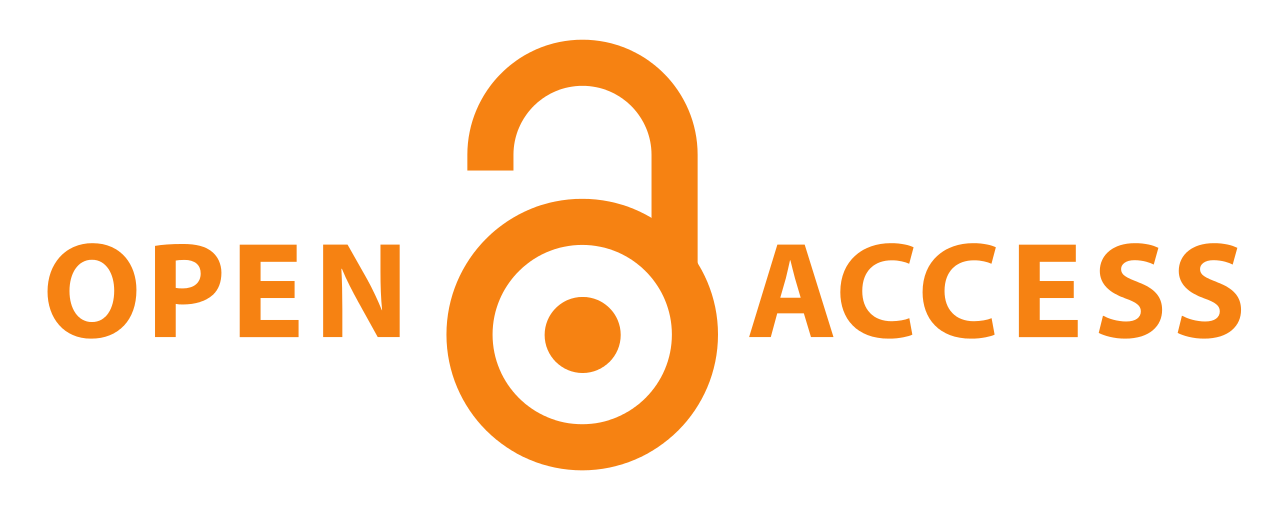Open access (OA) is a hot topic right now in librarianship! OA resources are available online for free, providing the public (and other researchers, for that matter) with research, data, and other information that is usually hidden behind the paywall of expensive journals and databases. Although OA journals and repositories aren’t always reputable, many trustworthy ones do exist and have publishing criteria and standards just like non-OA journals.

Open Access logo. Photo from Wikimedia.
Researchers looking to publish their work typically have the choice of publishing in OA or non-OA journals, each of which has its benefits and drawbacks. Some groups of researchers, like physicists and computer scientists, are notorious for their openly shared resources, research, and code. Although OA is challenging in some scientific fields, it’s catching on in more and more arenas.
Luckily, many people in the aquatic sciences are eager to share their work with the public and other researchers using OA! Throughout the next few months, I’ll be highlighting a few reputable aquatic OA resources that anyone can access for free using the internet. For each resource, I’ll provide an overview and links to get you started. Happy OA exploring!
First up is Aquatic Commons!
What is it?
Aquatic Commons is an online repository, covering topics related to natural marine, estuarine/brackish, and freshwater environments.
Who maintains it?
Aquatic Commons is directed by the International Association of Aquatic and Marine Science Libraries and Information Centers (IAMSLIC). The International Oceanographic Commission hosts the repository, and content is submitted by researchers, librarians, and their institutions.
What does it contain?
According to the IAMSLIC website, Aquatic Commons contains: published and unpublished research, organizational publications, and other scholarly materials. What does this really mean? There’s a whole bunch of exciting research findings in this collection for you to peruse!
Why is it a great resource?
- You can download a PDF of the scholarly article for free!
- You can browse by subtopics of aquatic sciences, like aquaculture, fisheries, limnology, agriculture, and more.
- The research is often interdisciplinary, covering intersections of science and sociology, law, budgeting, education, and engineering.
- A lot of the research has an international focus, which is important for water science because of the large-scale impact that aquatic environments have on our lives (but beware: this means that some articles aren’t available in English).
I look forward to sharing more aquatic sciences resources with you in the coming months!
